Not complex in design but extremely effective in function, this RX-7 is proof that ‘Keep it simple, stupid’ works – and works well
Words: Marcus Gibson Photos: Richard Opie
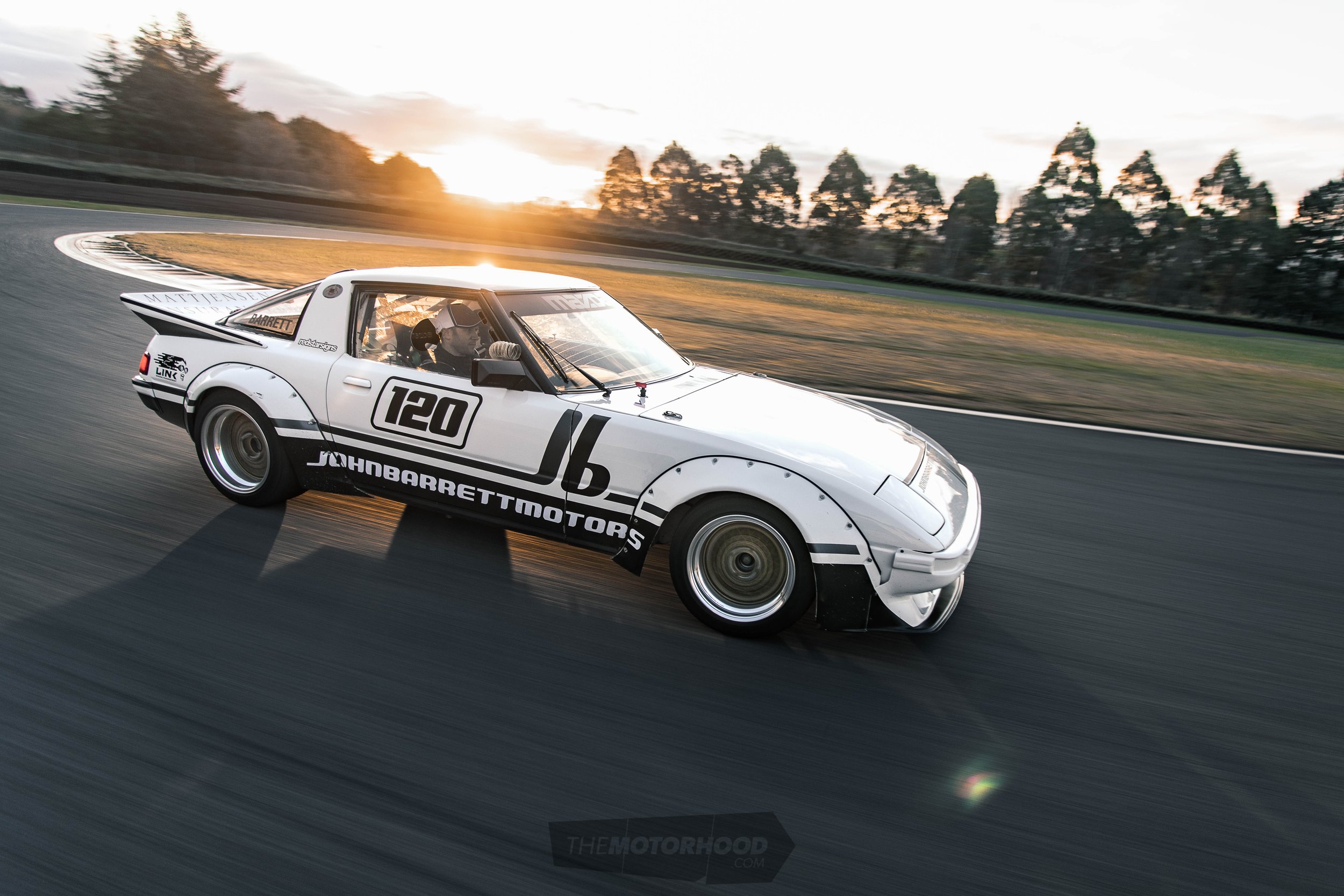
Somewhere along the road of this constant battle to build the next best thing and one-up whatever the guy next door has done, many have lost their way, building stupidly complex, over-powered, unreliable machines. But what if we told you that there is another way, a much simpler, much easier, and much more satisfying approach to car building? No, this isn’t the Bluetooth trend hitting the SEMA Show; it’s more about winding the clock back and making the most of the machinery in front of you, through nothing more than refinement, and we’re about to get schooled in the art.
It’s a bitterly cold but sunny midweek winter’s day, and Bruce McLaren Motorsport Park in Taupo is alive with millions of dollars’ worth of the advanced supercars only a wide-open wallet can acquire, but our focus is firmly on the contents at the other end of pit lane — cars that are driven the way those supercars dream to be: right there at the limit of grip, the place where a person truly blocks out any worldly distractions, and where the only focus is the ripple strip on a corner ahead. Strapping on the race suit, slipping on the HANS device, then the helmet, and injecting the butt into the tight confines of a vintage Kevlar Autosport seat in Aidan Barrett’s Group C RX-7 — it is go time.
Aidan presses the start button and the Green Brothers Racing–built 13B peripheral port (PP) barks to life in anticipation. The Elite sequential is engaged into first gear and we edge out onto the circuit. Bang! another gear is selected, closely followed by a third, both without as much of a blip in the revs. Today, we’re running on a Nankang AR1 and the grip is instant, something that takes your brain a good lap to become accustomed to.
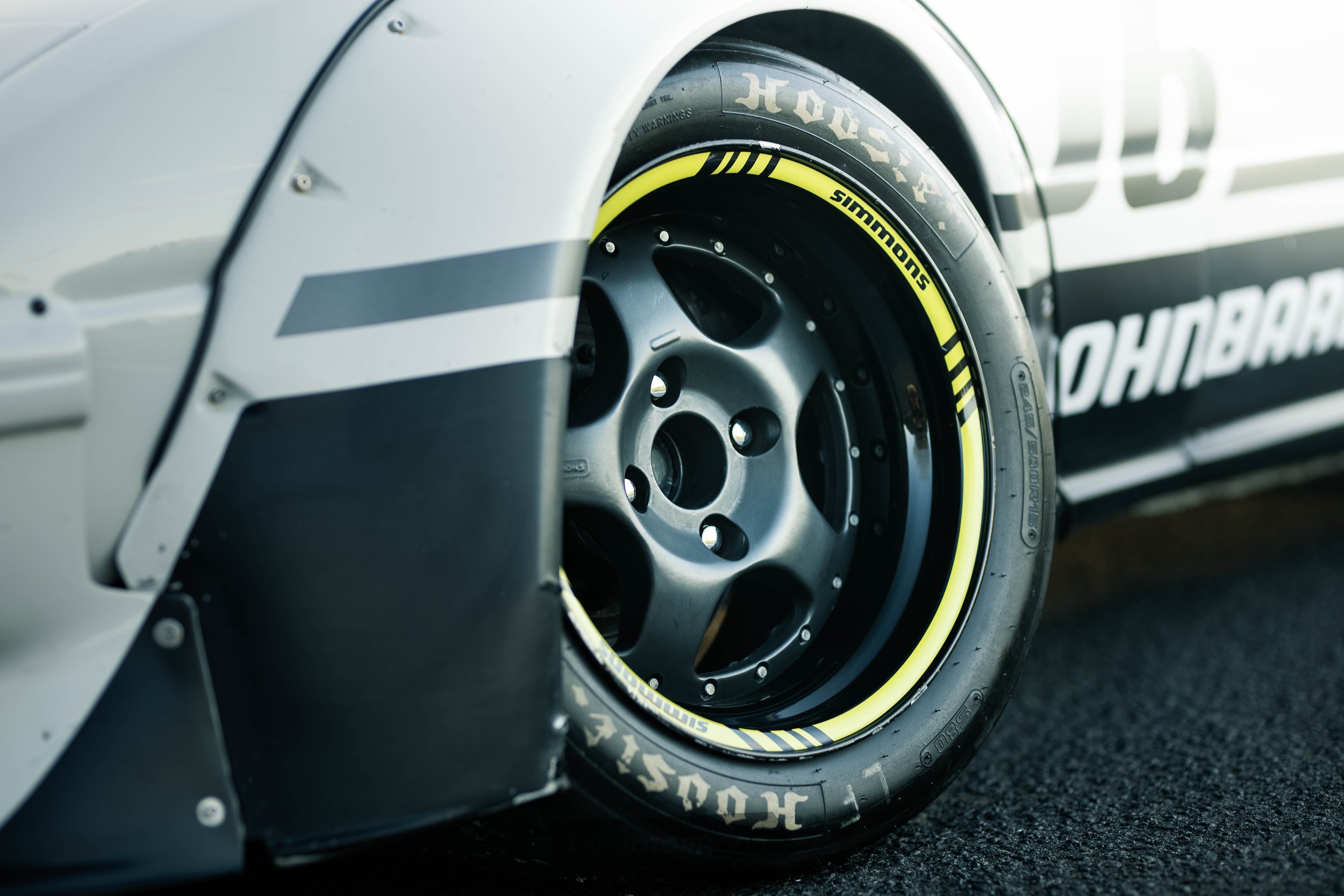
Almost immediately it’s very evident that Aidan is very at home in that driver’s seat. The power delivery is linear, and at no point do you feel as if the car is on a death mission. What we’re witnessing is a 20-year union in action. Aidan has run this car in everything from SS2000 to the tight confines of Millen’s Mile to the NZ Festival of Motor Racing, where it cleaned up.
The grip both into and out of the corner is impressive, but it’s hard-earned in the small RX-7, with Aidan’s hands furiously swapping between the Elite shifter and Sportsline wheel as he gambles on the edge of grip. Impressive performance yes, but, surprisingly, the sum of parts here is nothing over the top; the power is less than a modern starter motor, yet the on-track performance will have those at the other end of pit lane suddenly making excuses that they have to get back to the office in the big smoke.
First purchased in Y2K from Ross Powell fresh off the back of winning the ’99 SS2000 season, the then carb-fed 12A PP–powered RX-7 saw Aidan contest a couple seasons of SS200 in that trim before a shift in focus to other meetings allowed the change to a fuel injected 13B PP engine from Green Brothers Racing, based on an S5 block with high-comp internals and 48mm peripheral ports. A large carbon intake hides the modern 55mm EFI Hardware unit with 650cc injectors, which works in conjunction with the Link Fury ECU. Apart from that, things are kept simple here. There really are no tricks; it’s all off-the-shelf stuff, most of which matches what a Group C RX-7 has always run — although this one delivers some 239kW to the rears through a featherweight flywheel, Elite sequential, and stock Series 3 RX-7 rear end.
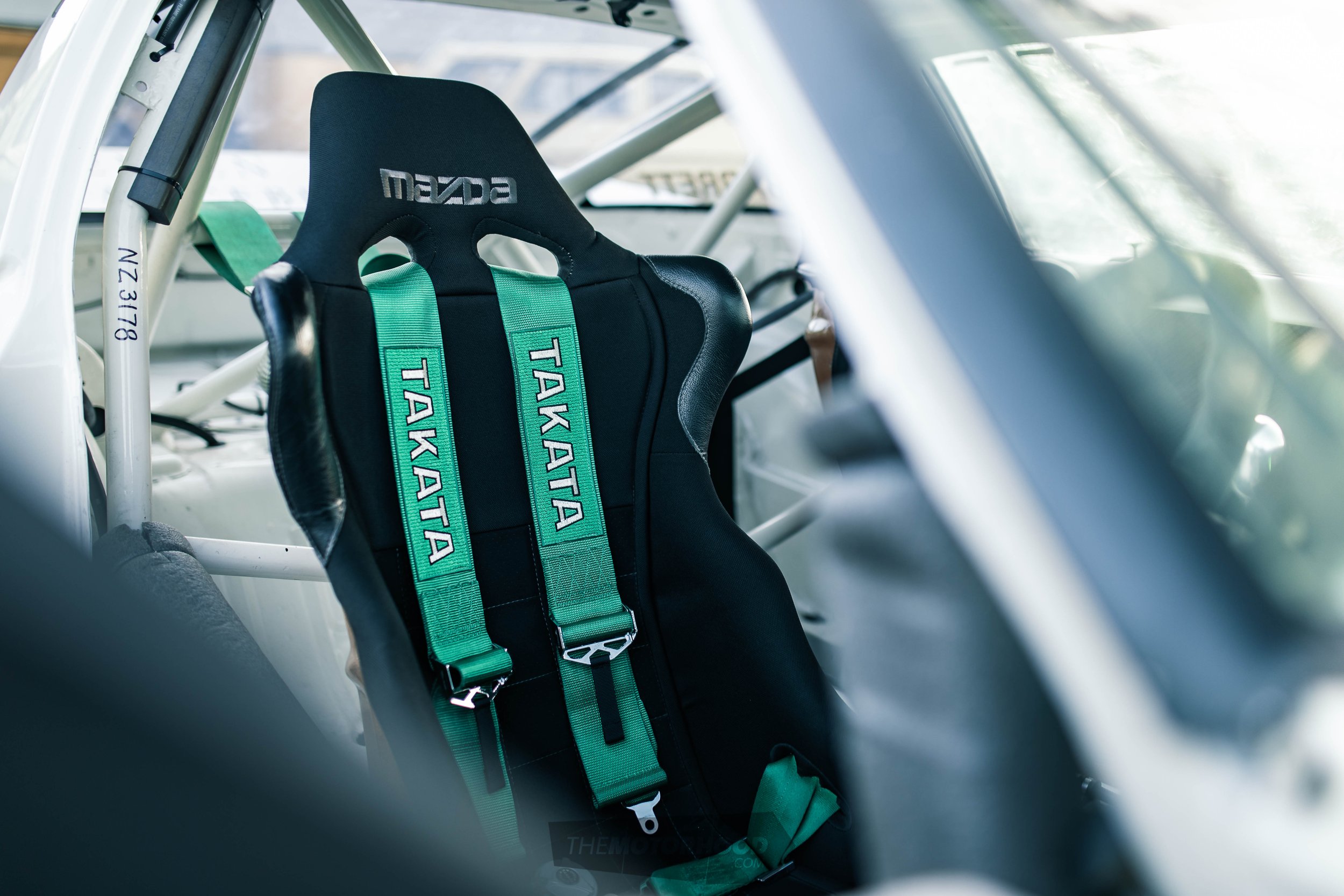
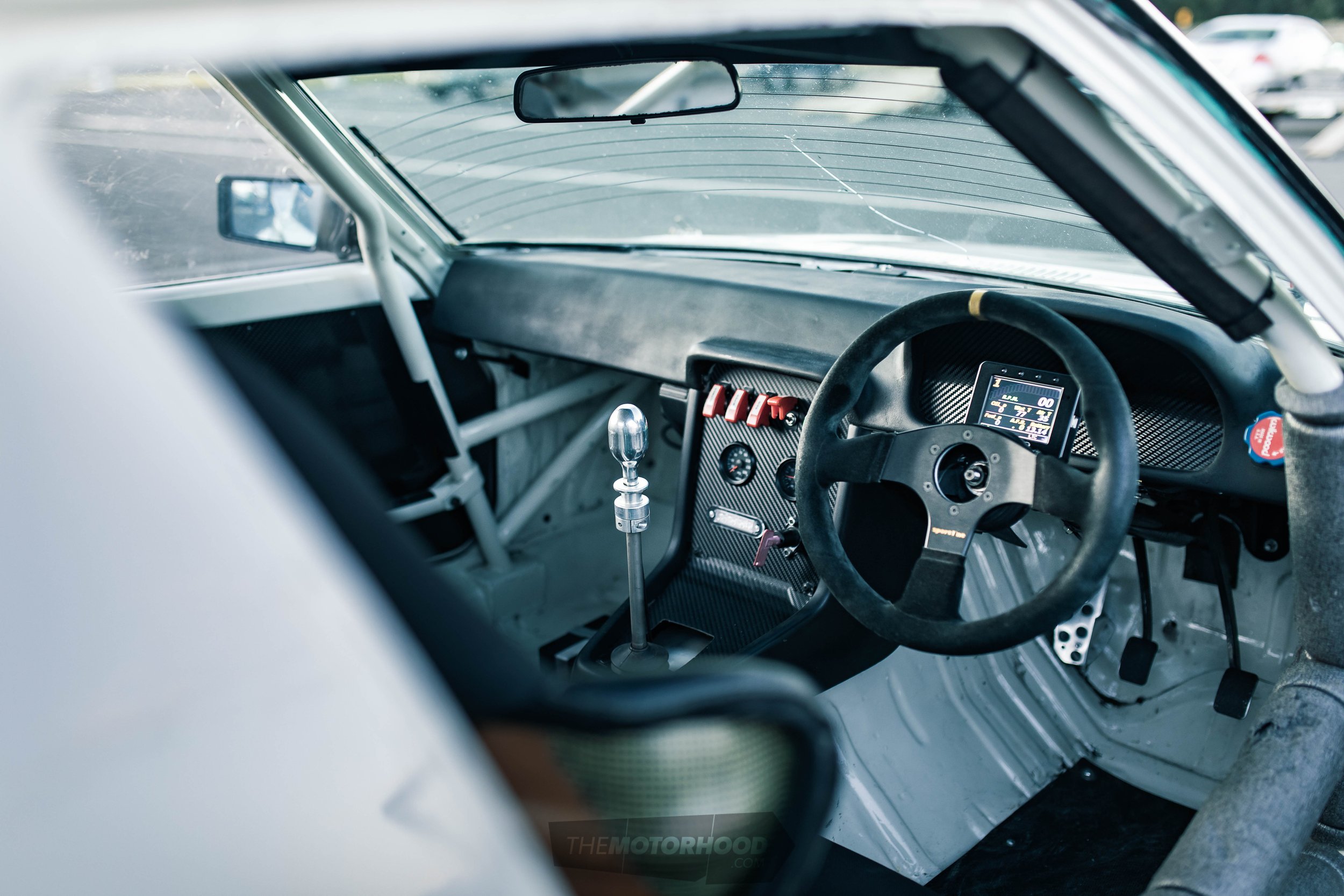
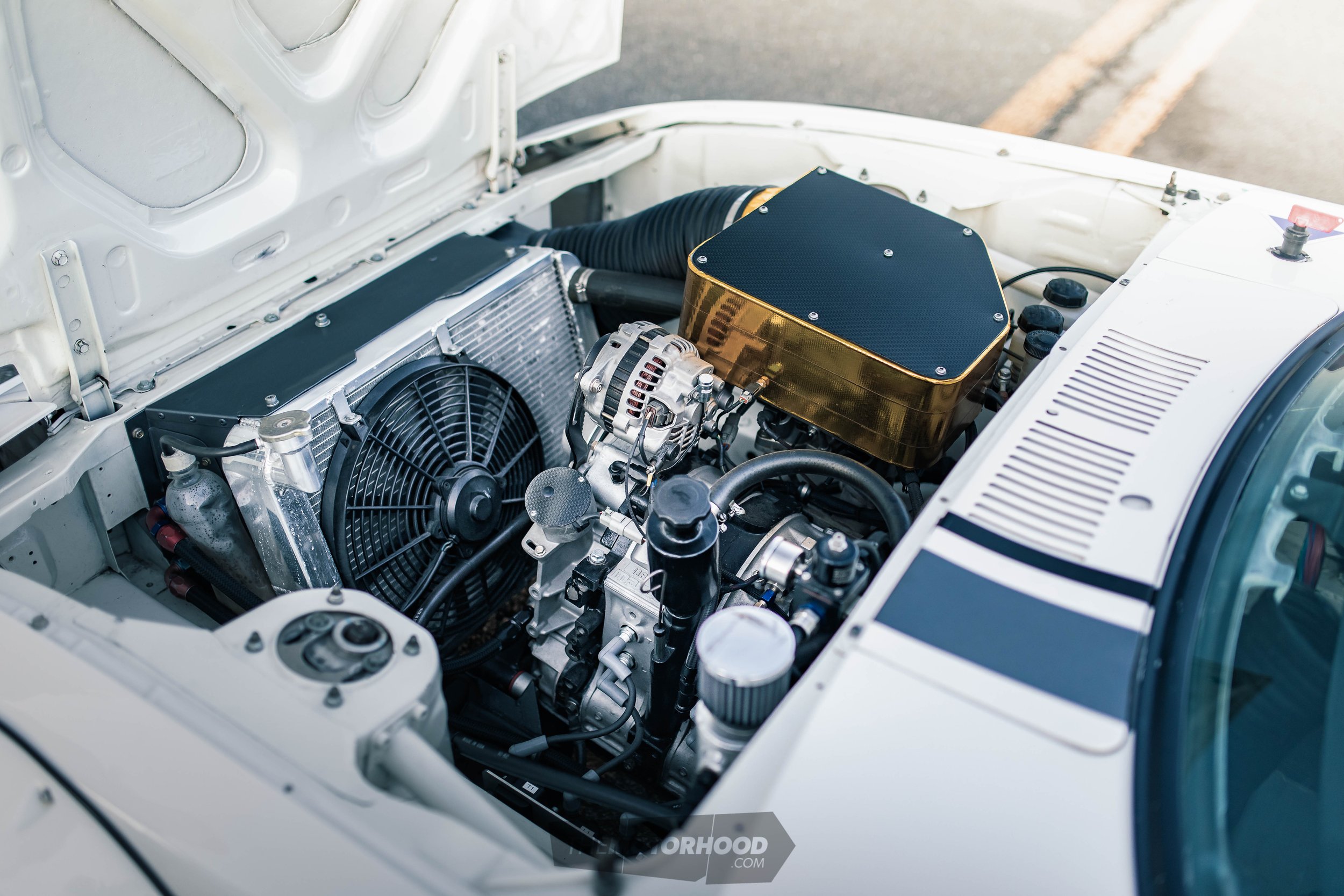
“I was always at the Green Brothers that we need a floating rear end, we need an adjustable Watt’s link, wider wheels or whatever else the competitors were running, but they were like, ‘No no; it’s OK, we can just make what’s there work well with the sum of parts around it’. They take what’s there to its max, and then, if it becomes a problem, then they deal with it,” explains Aidan of the build philosophy.
The one trick that the car does well to hide is the fact that fibreglass panels can be found wherever the Mazda factory items would unbolt. Weight has also been saved with the use of Lexan windows, and even the Simmons are race-only lightweight variants. Wet and ready to race, the car comes in under 1000kg, which is why its cornering antics, even on the small 225 we are on this Wednesday, impresses so damn much. That is not to discredit the hours and hours that have gone into the development and fine-tuning.
This is why Aidan feels it’s time to let the RX-7 go.

“There are a lot of cool memories in this car with my dad who passed away earlier in the year. We did a lot with it, and it has evolved a lot. To continue on with it, there’s not really much you’d do, so it’s sort of ‘end that chapter’. If I feel I need another later in life, I can build another. There is no significant history with it or anything like that; it’s just an RX-7 with a body kit.”
Aidan continues, “To keep engineering it is hard. It’s also keeping the other cars from going. I’m going to put some energy into my other race car and get that going properly; to be able to use it properly would be something very special.”
The other car Aidan is talking about is his genuine GT300 example, which we featured on the cover back in Issue No. 264.
With a new owner lined up for the Group C, today is set to be Aidan’s last drive, one last hit around his home track at Taupo in the old girl — and believe us when we say he drives the tyres off it, literally. Then again, that is what the RX-7 was built for way back in the 1990s, and it’s known nothing different ever since. We can only hope that the new owner continues to do nothing but drive the wheels off it and show all those modern over-complex machines how it’s really done out there on track. Keep it simple, stupid.
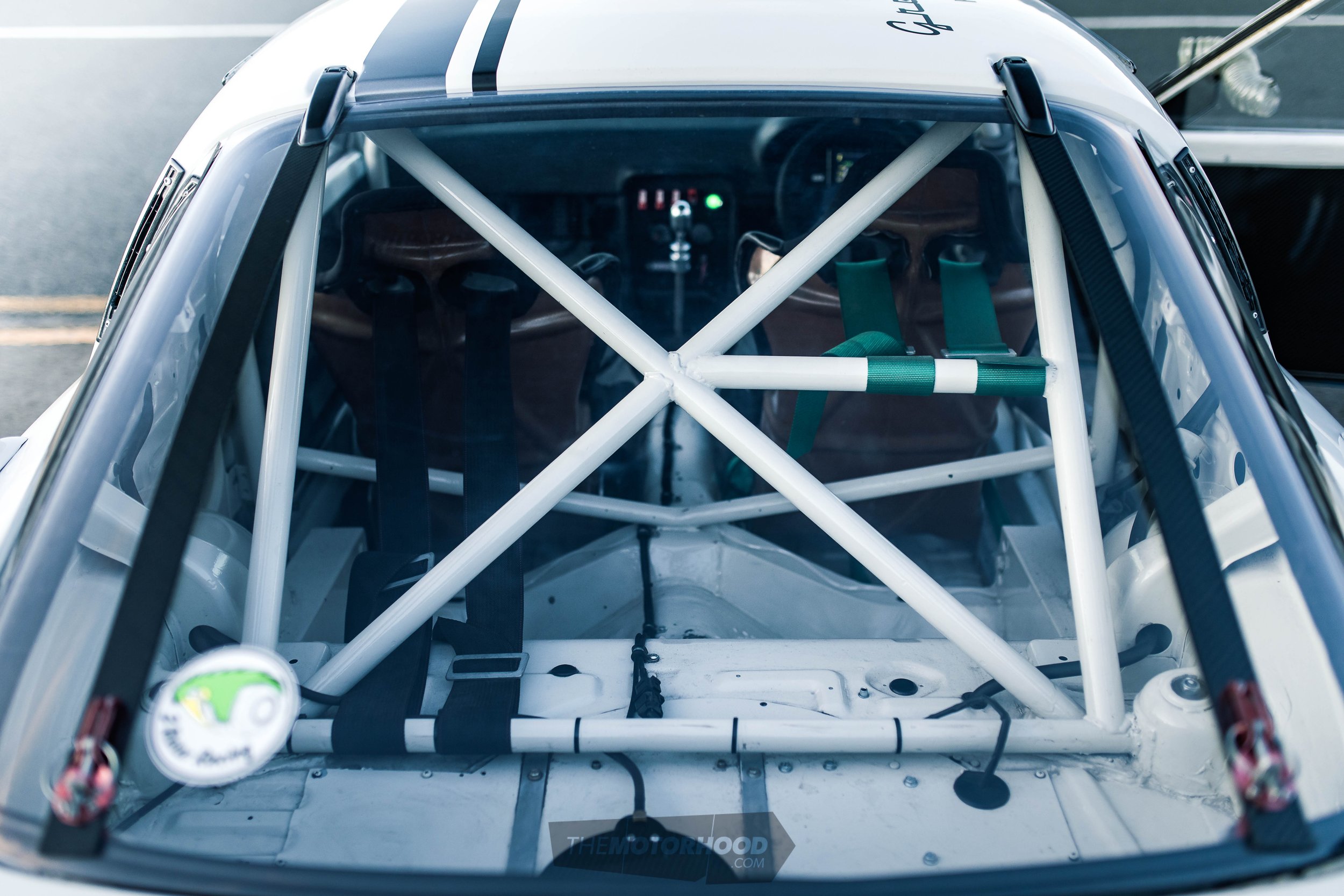
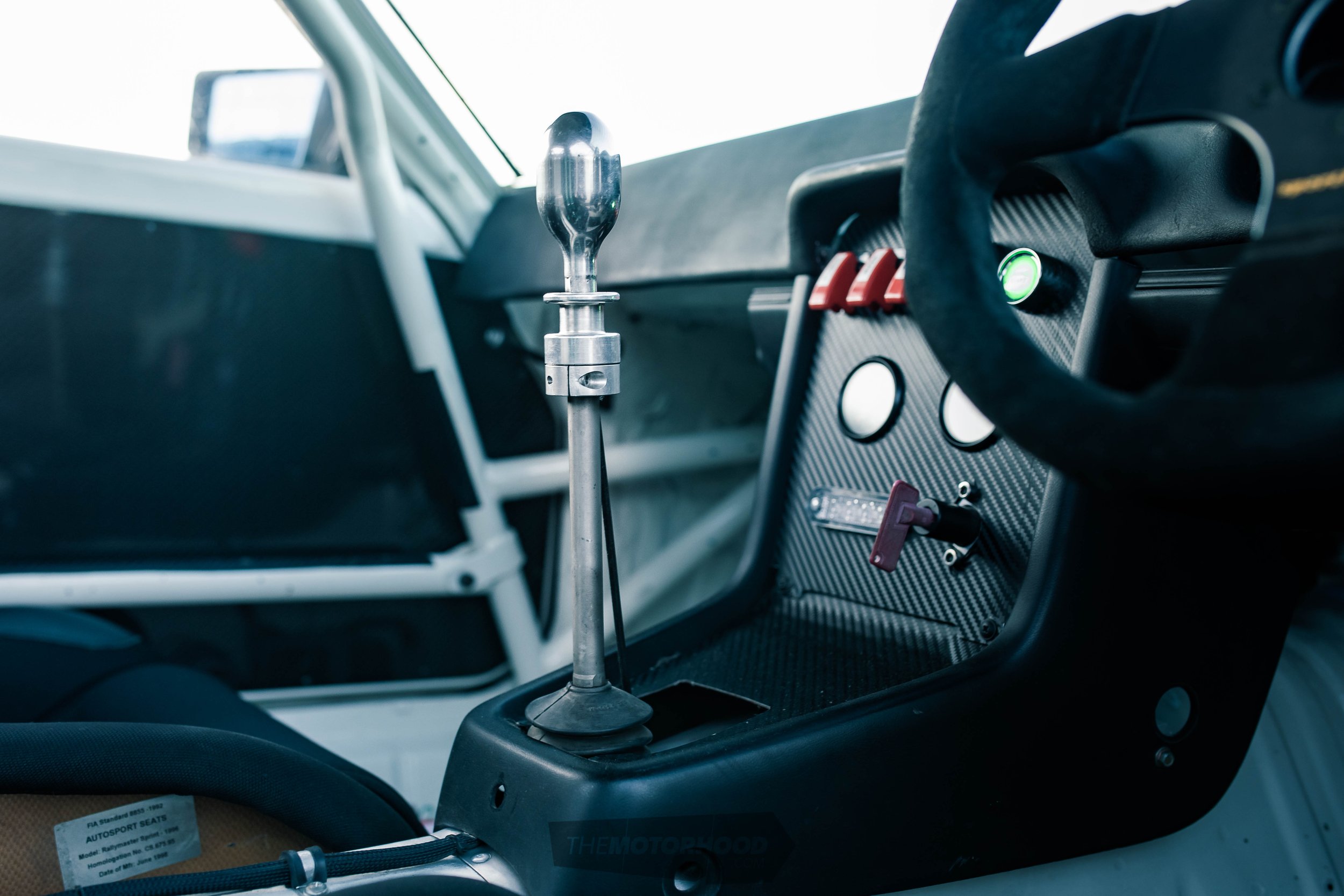
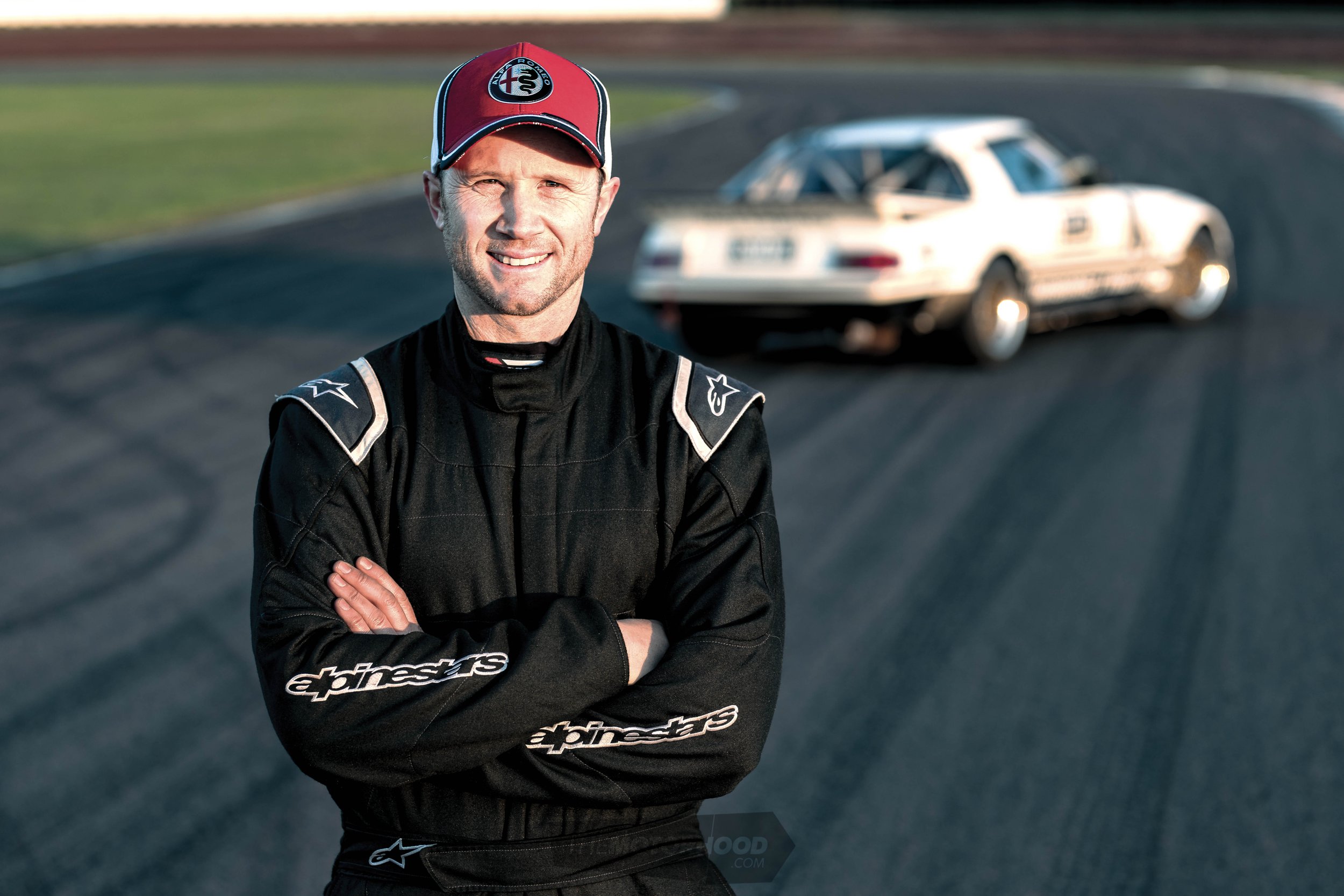
This article originally appeared in NZ Performance Car issue No. 286





